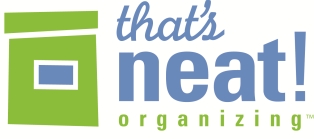How Do I Get Rid of: Dance Costumes
/My daughter has been dancing (so far) for 8 years. 8 years = many, many dance costumes.
When she was little we recycled dance costumes into dress up outfits, and costumes for Halloween and parties. But after all these years, the little kid costumes aren’t going to fit anymore.
We decided to save a few (like one of her first outfits, pictured right) as keepsakes. We also donated a few costumes to a friend with two young girls for their dress up box at home.
Could we donate dance costumes? This year at my daughter’s dance school we learned about a great charity, Traveling Tutus, which donates dance wear to children overseas. Traveling Tutus partners with orphanages, children's homes, hospitals, foster care centers, and non-profit organizations in different countries. Their mission is “to provide gently used dance attire to children around the world to instill confidence, self-expression and joy through the gift of dance!”
After hearing about Traveling Tutus, I started to research a bit more and also found another organization, From Our Hearts to Your Toes, which aims to “Bring smiles, uplift spirits, and build confidence by collecting, donating, and distributing gently used costumes and shoes to dance programs serving children in challenging environments.”
I really love the idea of our outgrown costumes helping other children. Consider sharing your unwanted dance costumes with these organizations. If you find more options for donating, please let me know.






















